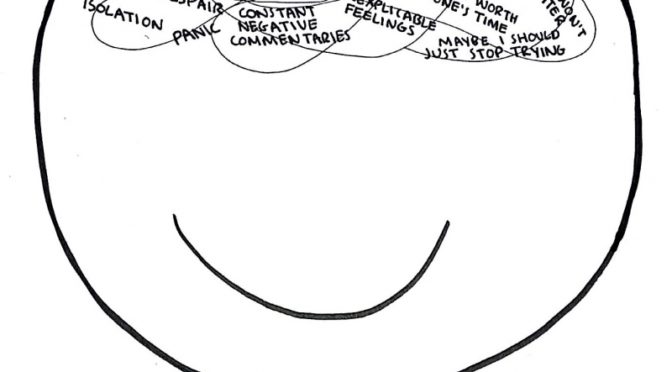How to Pick a Therapist
Posted by Collaborative Counseling

Choosing a therapist is a significant step in your mental health journey. Learning how to pick a therapist can be tricky! Here are some tips to help you find the right fit:
1. Define Your Needs:
Before starting your search, consider what you hope to gain from therapy. Are you dealing with anxiety, depression, relationship issues, or trauma? Understanding your specific needs will help you narrow down your options and find a therapist who specializes in the areas that are most relevant to you.
2. Seek Recommendations:
Talk to friends, family, or your primary care physician for referrals. They may have personal experiences or know someone who has found a good therapist. Word-of-mouth recommendations can be a valuable resource, as they often come from people who have had positive experiences with a particular therapist.
3. Utilize Online Resources:
Websites like Psychology Today and GoodTherapy allow you to search for therapists based on location, specialty, and insurance acceptance. You can read therapist profiles, see their areas of expertise, and sometimes even find client reviews. These online resources can be a great starting point for your search, as they provide a convenient way to compare different therapists and find one who meets your specific needs.
4. Consider Your Preferences:
Think about the therapist’s gender, age, and experience level. Some people prefer a therapist with a similar background, while others value a therapist with a different perspective. You may also want to consider the therapist’s approach to therapy, such as cognitive-behavioral therapy (CBT), psychodynamic therapy, or humanistic therapy. Different therapeutic approaches may be more effective for different individuals, so it’s important to find a therapist whose approach aligns with your preferences and needs.
5. Schedule Initial Consultations:
Most therapists offer free or low-cost initial consultations. This is an opportunity to meet the therapist, discuss your concerns, and ask questions. Pay attention to how you feel during the consultation. Do you feel comfortable and understood? Does the therapist seem knowledgeable and empathetic? The initial consultation is a great opportunity to assess the therapist’s personality, communication style, and overall fit with your needs.
6. Trust Your Gut:
Ultimately, the best way to choose a therapist is to trust your instincts. If you feel a connection with the therapist and believe they can help you, it’s likely a good match. However, it’s important to remember that it may take time to build rapport with a therapist. Don’t be afraid to try different therapists until you find the one who is the best fit for you.
Remember, finding the right therapist takes time and effort. Don’t be afraid to try different therapists until you find the one who is the best fit for you. We hope this helps you in how to pick a therapist that is right for you!


 View Our Locations
View Our Locations Request Appointment
Request Appointment









